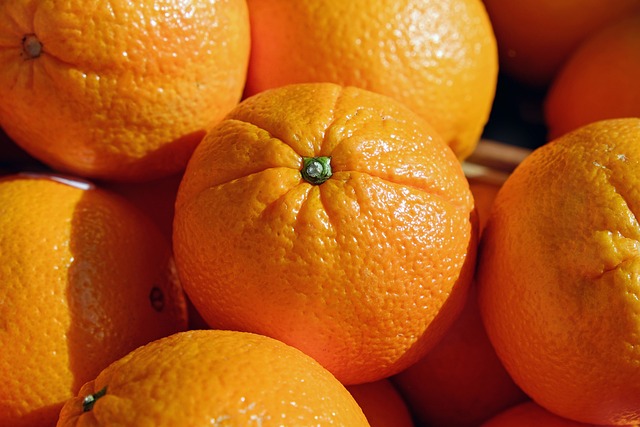Beyond Yogurt: Discovering Unconventional Sources of Probiotics
When thinking of probiotics, the first thing that comes to mind is usually yogurt. Yogurt is a popular choice due
to its delicious taste and abundance of beneficial bacteria.
However, there is a whole world of unconventional sources of probiotics waiting to be explored. In this blog post,
we will dive into some lesser-known sources that can provide you with these beneficial microbes.
1. Fermented Vegetables
While yogurt is a well-known probiotic food, fermented vegetables like sauerkraut and kimchi are gaining popularity
in the health and wellness community.
Sauerkraut, a fermented cabbage dish, is rich in lactobacilli and other beneficial bacteria. These bacteria
convert the sugars present in cabbage into lactic acid, creating an environment that promotes the growth of
lactobacilli. Adding sauerkraut to your meals not only enhances flavor but also introduces probiotics to your
gut.
Kimchi, a spicy Korean side dish made from fermented vegetables, is also an excellent source of probiotics.
Kimchi typically contains ingredients like cabbage, radishes, and spices, which undergo lactic acid fermentation
by various strains of lactic acid bacteria. These bacteria contribute to the unique tangy flavor and
health-promoting properties of kimchi.
2. Kefir
Kefir is a fermented milk drink that originated in the Caucasus Mountains. It is made by introducing kefir grains,
a combination of bacteria and yeasts, into cow’s or goat’s milk.
These grains ferment the milk, resulting in a tart and tangy drink with a consistency similar to yogurt. Kefir
contains several strains of bacteria and yeasts, making it a potent source of probiotics.
What makes kefir even more interesting is that it can be made using non-dairy alternatives like coconut milk or
almond milk. This makes it an excellent option for those with lactose intolerance or following a dairy-free
diet.
3. Miso
Miso is a traditional Japanese seasoning made from fermented soybeans, rice, or barley. It is commonly used in
soups, marinades, and sauces.
During the fermentation process, soybeans are combined with a fungus called koji and salt, resulting in the
production of various healthy bacteria. The fermentation can last from a few weeks to several years, resulting
in a range of flavors and colors.
Miso is a powerhouse of probiotics and offers additional health benefits such as improving digestion and boosting
the immune system. It’s a versatile ingredient that can be used in a variety of dishes to add depth and
complexity.
4. Tempeh
Tempeh is a traditional Indonesian soy product made from fermented soybeans. It is formed into a firm patty and
has a nutty flavor and firm texture.
During the fermentation process, the soybeans are first soaked, cooked, and then inoculated with a mold called
Rhizopus oligosporus. This mold breaks down the soybeans and binds them together, forming the characteristic
tempeh patty.
Tempeh is not only a great source of probiotics but also a complete protein, making it a popular choice for
vegetarians and vegans. It can be sliced, crumbled, grilled, or used in stir-fries and stews for added flavor
and nutrition.
5. Pickles
Yes, you read that right – pickles! Pickles are cucumbers that have been pickled in a solution of water, salt,
and vinegar.
During the pickling process, naturally occurring bacteria, such as Lactobacillus plantarum, convert the sugars in
the cucumber into lactic acid. This lactic acid gives pickles their tangy flavor and also acts as a natural
preservative.
It’s important to note







